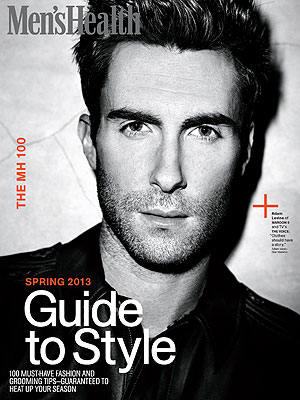The guy behind @GowanusDolphin learned his lesson the hard way
A chorus of Twitter elite got really angry on Friday when an opportunistic user decided to register @GowanusDolphin, a horrible account that premised itself on a dolphin trapped in New York‘s murky Gowanus Canal.
Not sure how I feel about parody account @gowanusdolphin. Poor guy. Don’t find funny at all.
SEE MORE: Connecticut massacre suspect: How the media IDed the wrong guy [Updated]
— Craig Kanalley (@ckanal) January 25, 2013
I don’t think I’m exaggerating when I say that this @gowanusdolphin account is far worse than the Holocaust.
— Joel Johnson (@joeljohnson) January 25, 2013
It’s because we all laughed at the fake Rahm Emanuel guy that these fucking things exist. We brought @gowanusdolphin on ourselves.
SEE MORE: The 17 most memorable tweets of 2012
— Cord Jefferson (@cordjefferson) January 25, 2013
The offender, who has since apologized for being a jerk, learned his lesson the hard way. Don’t let the same fate befall you. Here, four helpful tips for creating a successful* Twitter parody account should the opportunity ever arise again:
1. Don’t use animals
Remember @BronxZooCobra fondly? Neither do we. Predicating your shiny new Twitter handle on a headline-grabbing animal is difficult for two reasons: (a) Animals don’t talk. You’re creating its voice from scratch; and (b) People tend to like animals more than they like other people, so as a rule of thumb, you should probably be making fun of actual human beings.
SEE MORE: Social media masters, ninjas, and gurus: How Twitter pros describe themselves
2. Don’t base it on news
When a mild 5.9-magnitude earthquake rattled New York in 2010, Twitter exploded with parody accounts. (“Boom!” and “Whoa!” and that sort of nonsense.) None of them were funny. None of them were sustainable. Take a lesson from Bloomberg social media director (and the web’s leading voice in parody account hatred) Jared Keller:
If you create a parody account within fifteen minutes of a news event you are the worst person on the planet and I hate you.
SEE MORE: Instagram vs. Twitter: Why their beef is bad news for you
— Jared Keller (@jaredbkeller) January 25, 2013
3. Be funny
Ha ha, you have to actually be funny, which is easier said than done. And “humor,” as we all know, is 100 percent subjective and varies from person to person, NOT TO MENTION it requires constant mental dexterity that 99.99 percent of the population simply isn’t cut out for. So make it easy for yourself. Self-impose some parameters and employ a weird spin like @NYTOnIt or @__MICHAELJ0RDAN. Maybe you’ll even get a book deal! (Probably not.)
4. You probably shouldn’t make a parody account
Ignore everything I just said. Don’t make one. Sorry.
SEE MORE: Should Twitter be forced to reveal racist users?
*Just kidding.
View this article on TheWeek.com Get 4 Free Issues of The Week
Other stories from this topic:
Like on Facebook - Follow on Twitter - Sign-up for Daily Newsletter
Social Media News Headlines – Yahoo! News
Title Post: 4 tips for creating a successful Twitter parody account
Url Post: http://www.news.fluser.com/4-tips-for-creating-a-successful-twitter-parody-account/
Link To Post : 4 tips for creating a successful Twitter parody account
Rating:
100%
based on 99998 ratings.
5 user reviews.
Author:
Thanks for visiting the blog, If any criticism and suggestions please leave a comment











